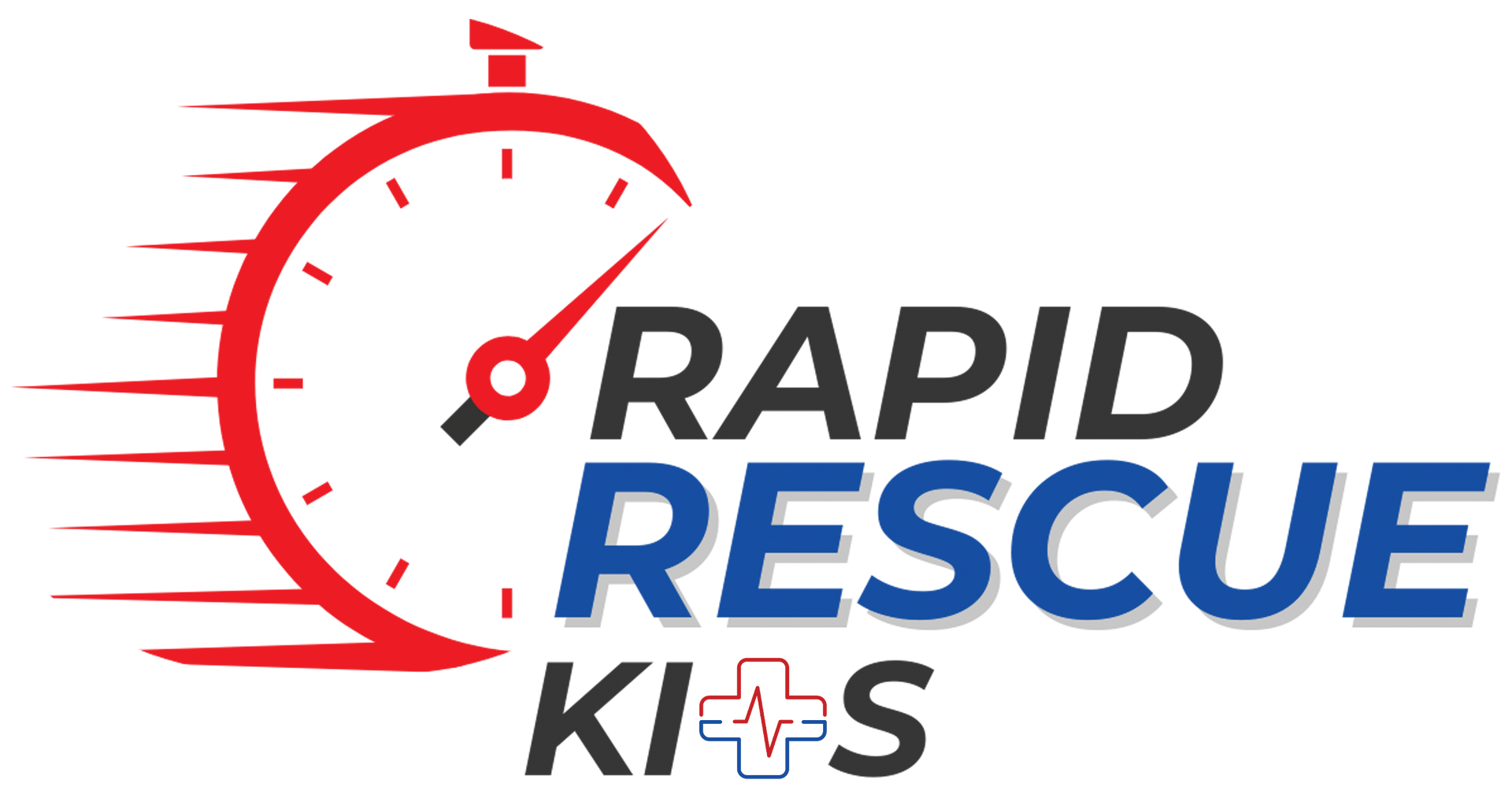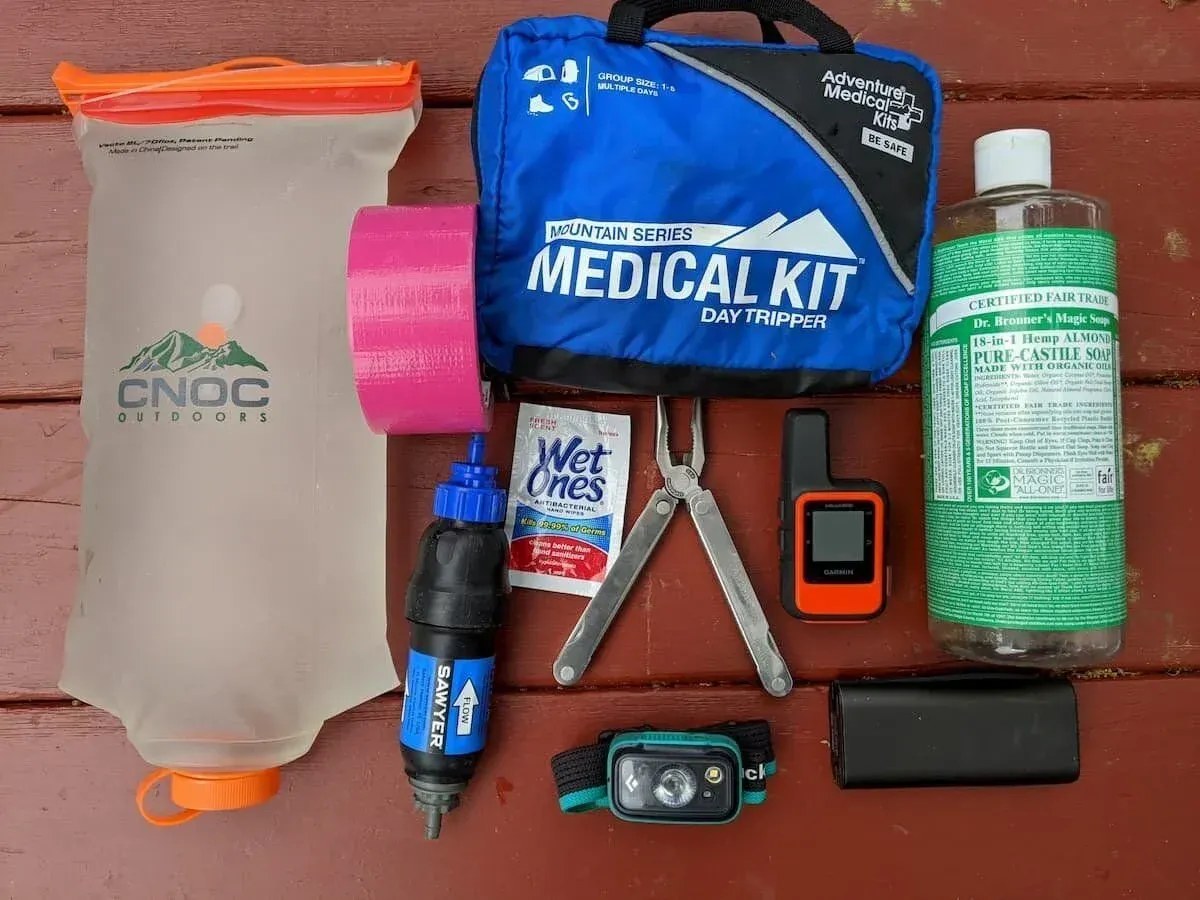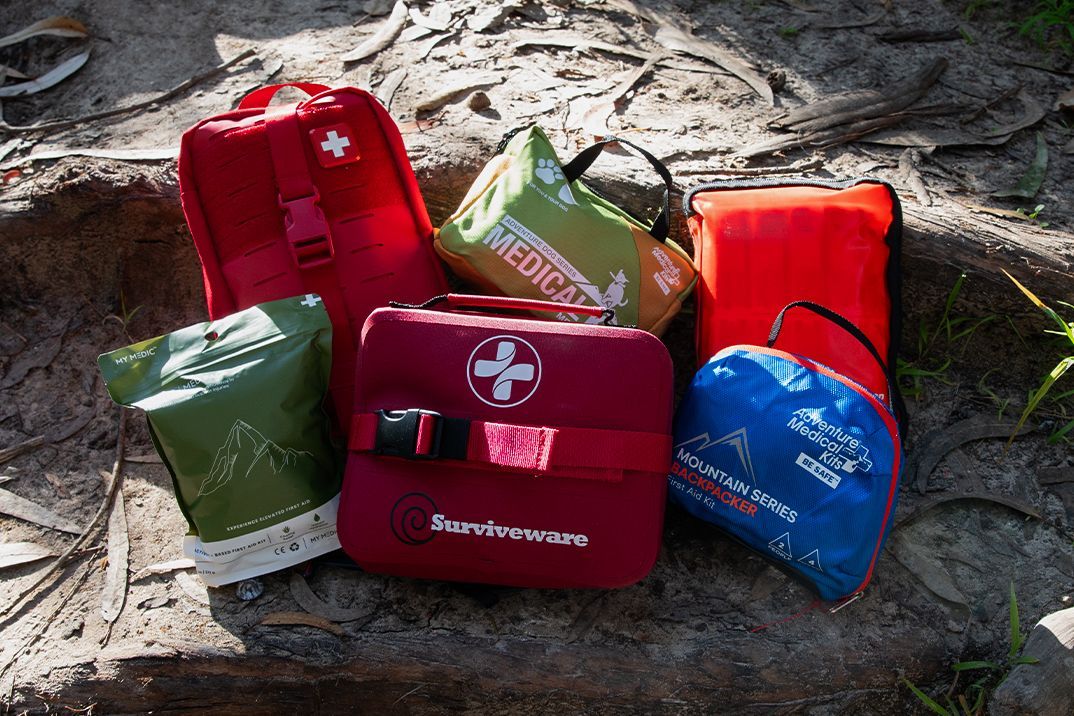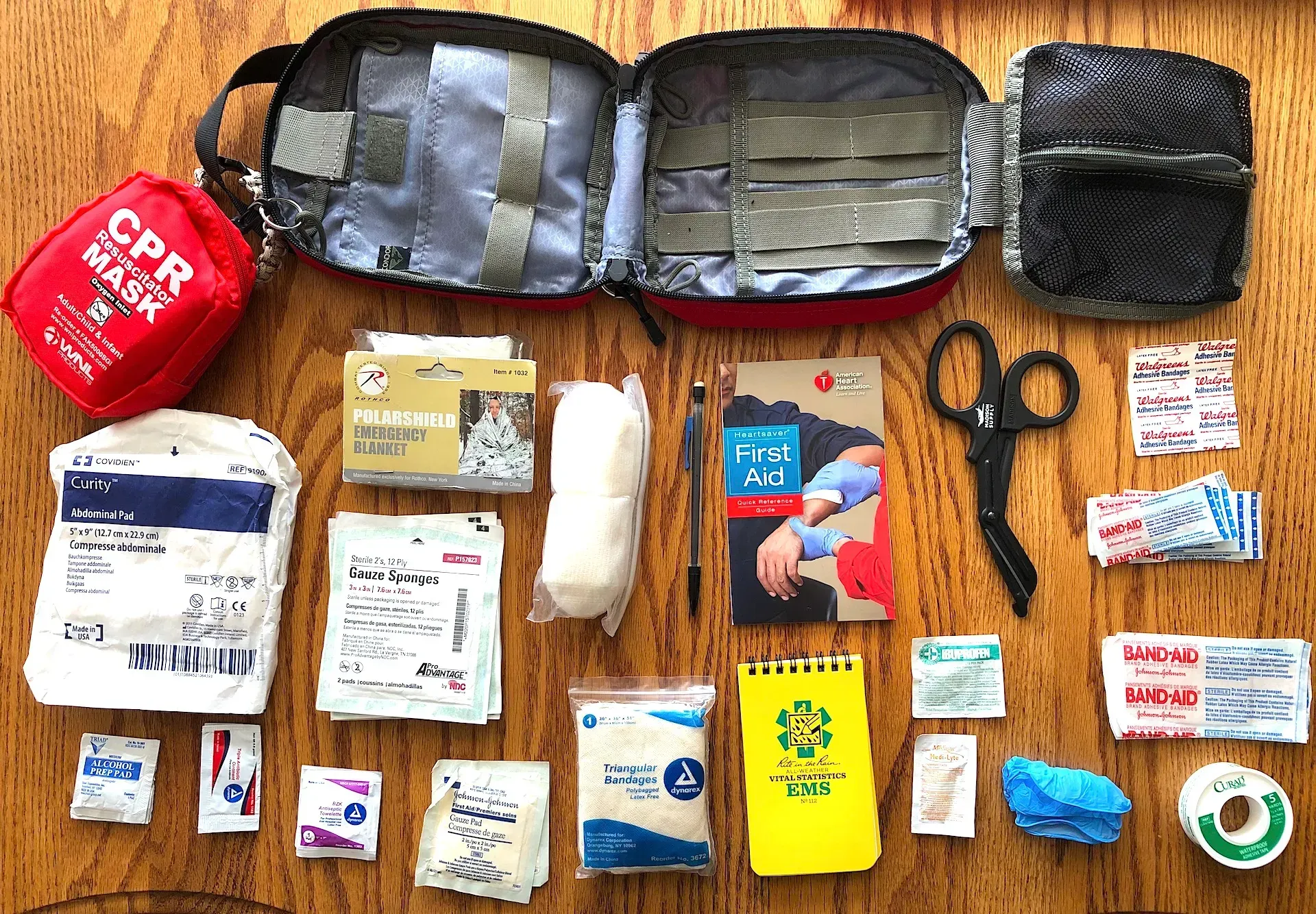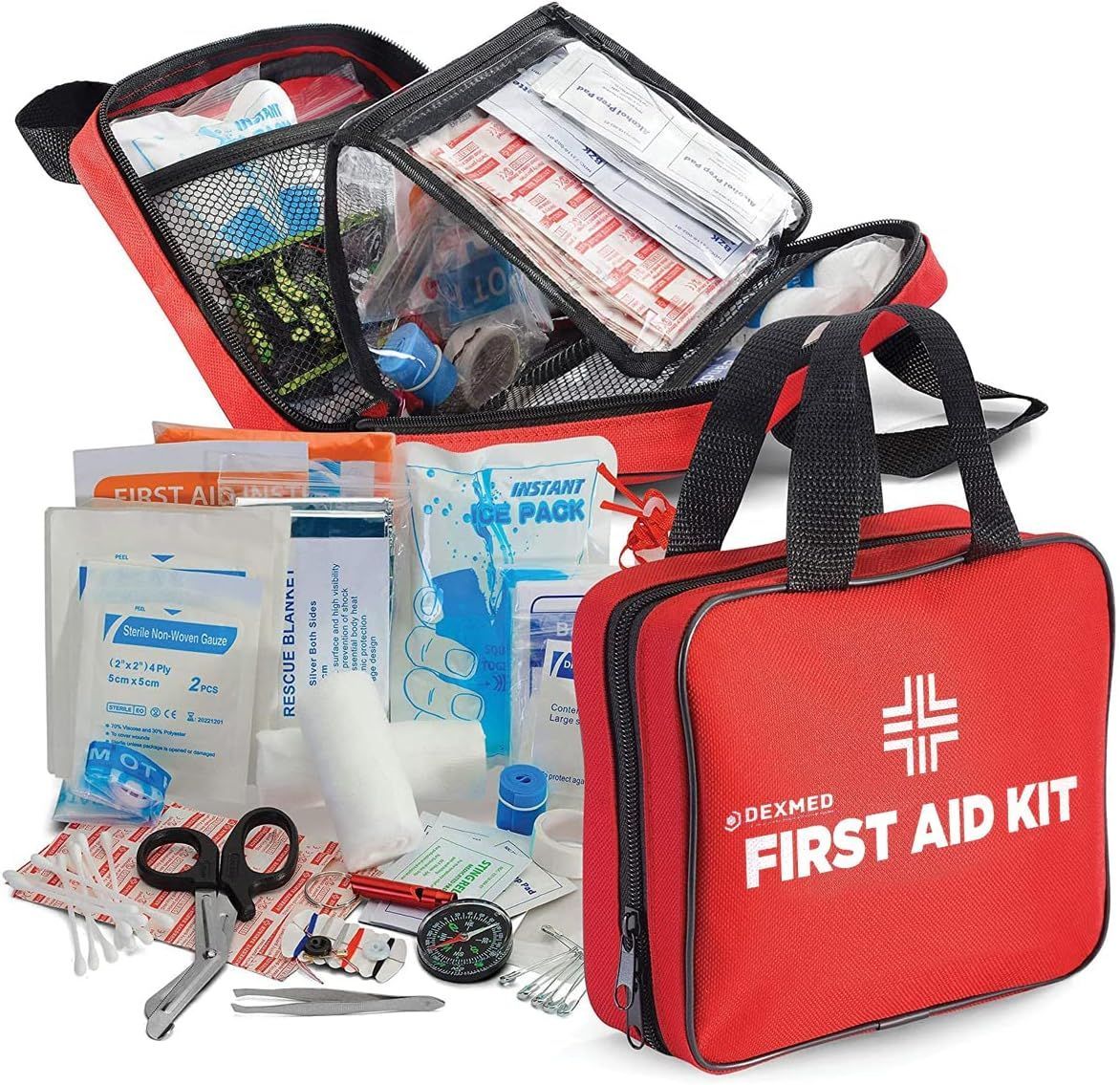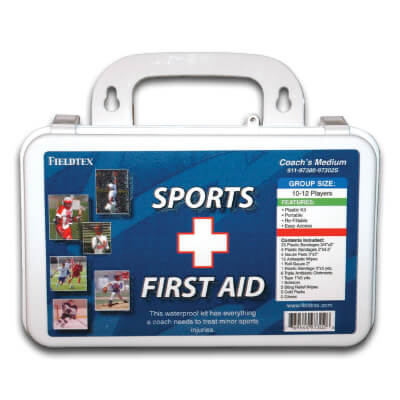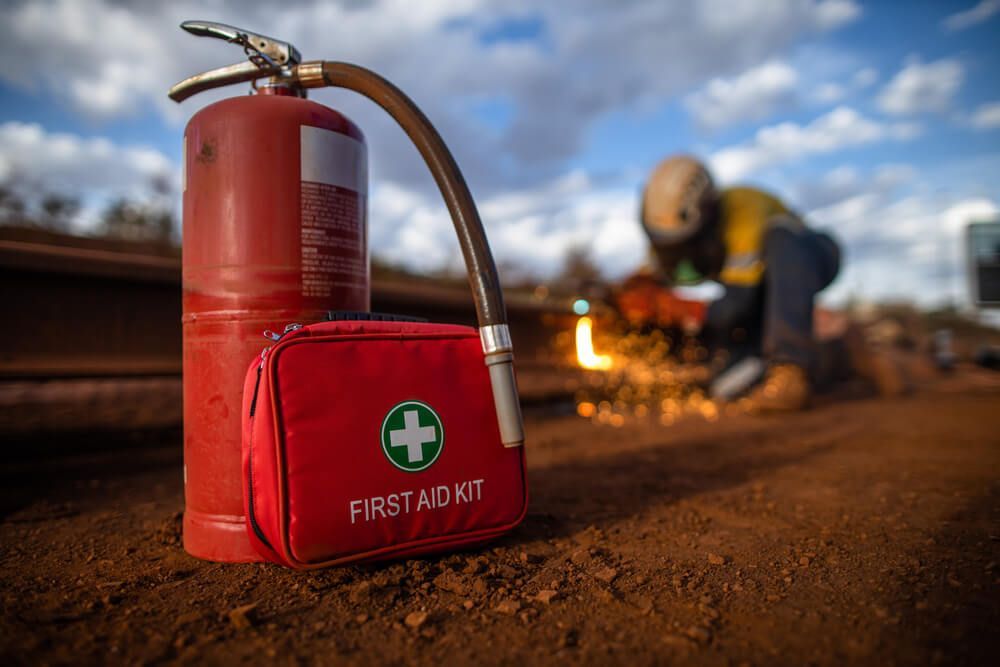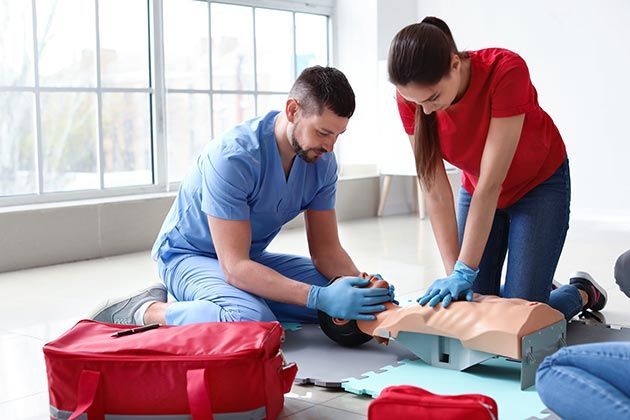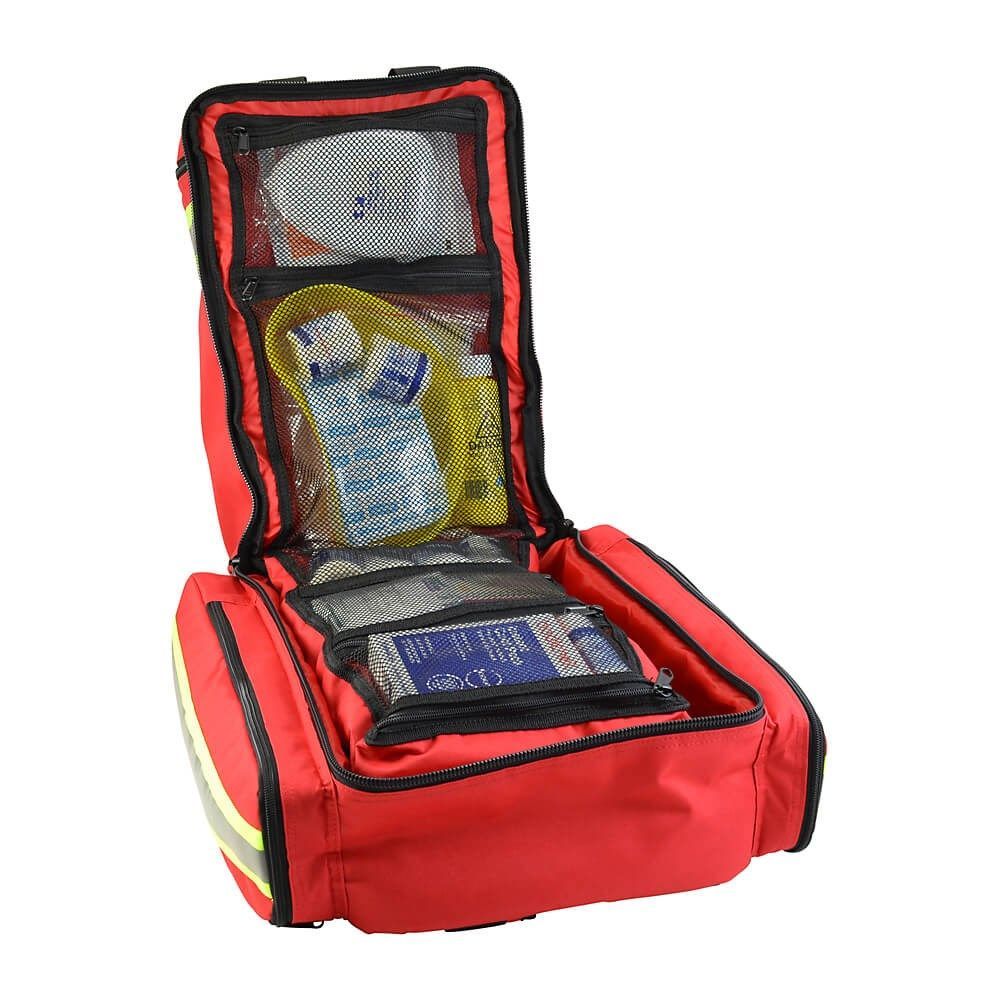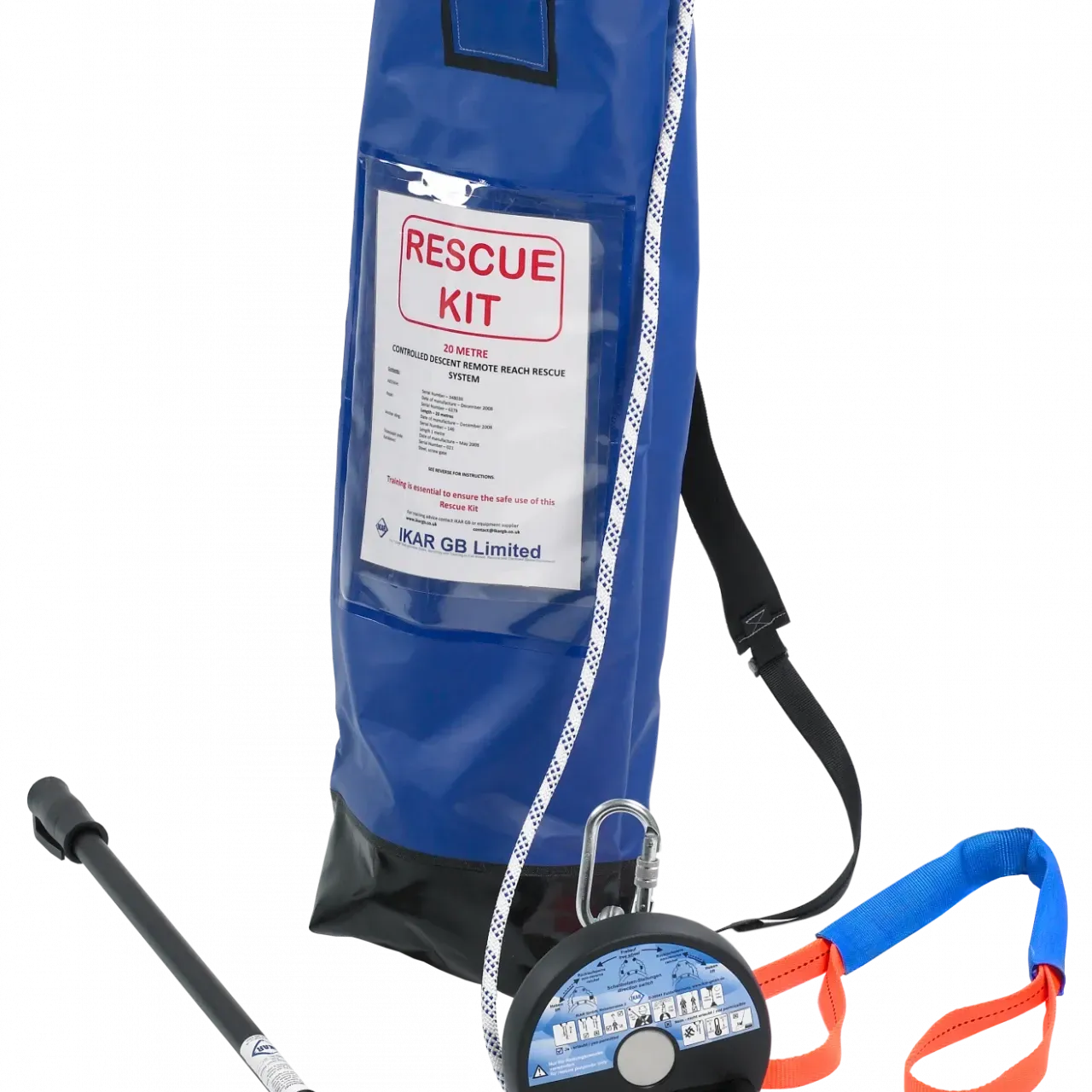Do Emergency Kits Expire? What You Need to Know About Shelf Life
TL;DR:
Yes, emergency kits do expire. Items like food, water, medications, and even first aid supplies have shelf lives and can lose their effectiveness over time. Regular inspection and replacement are crucial to ensure your emergency kit from
Rapid Rescue Kits stays reliable when you need it most.
Emergency kits are designed for moments when time is short, and lives may depend on quick access to usable supplies. But what many people overlook is that these kits aren't timeless. Even the sturdiest emergency gear can deteriorate with age, and using expired components could compromise your safety plan. Let’s explore what expiration really means when it comes to survival kits—and how to keep yours ready for anything.
What Is an Emergency Kit?
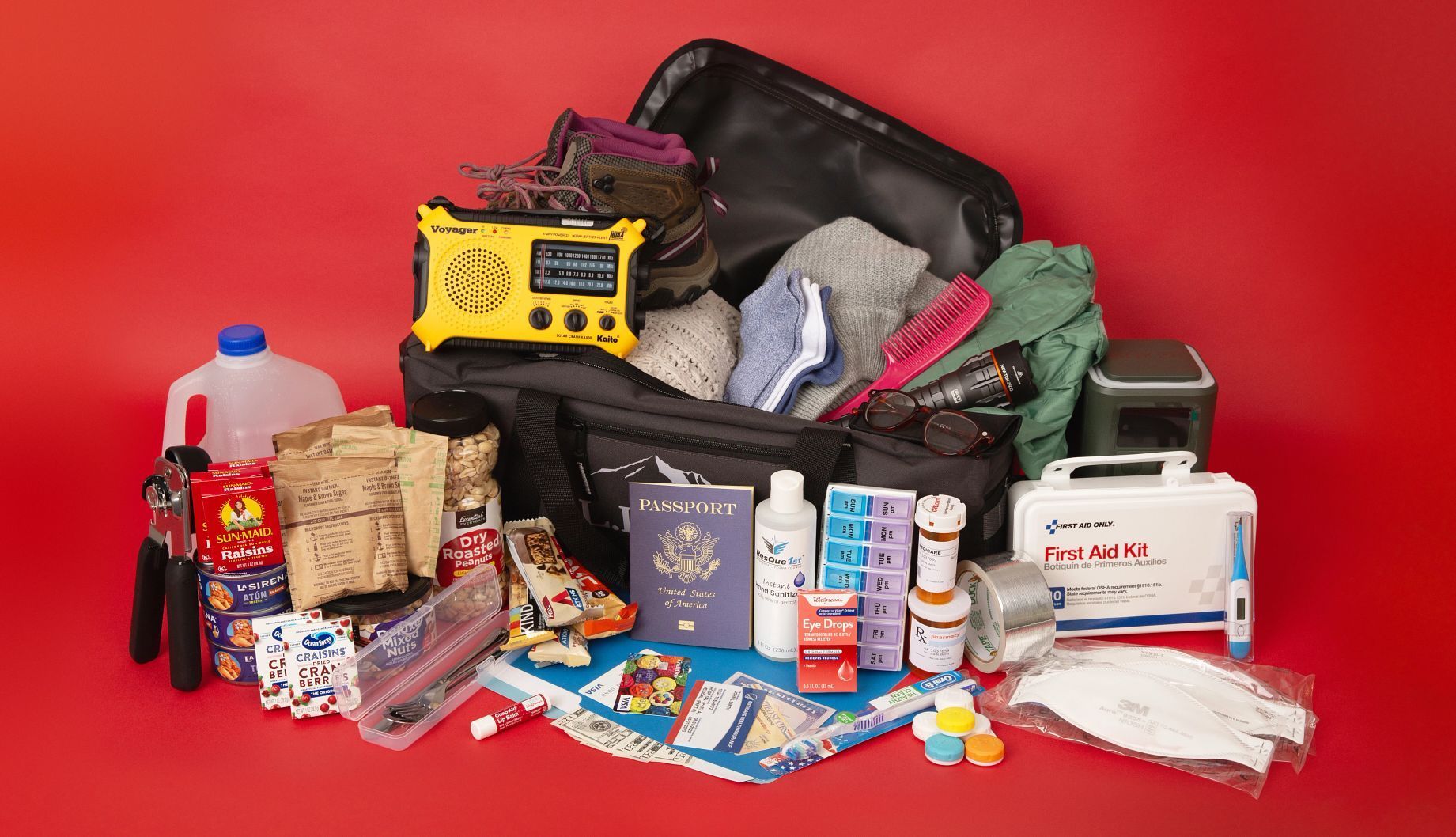
An emergency kit is a curated collection of tools, supplies, and resources that help you manage unexpected situations—from natural disasters to medical incidents. That’s why Choosing the Right Medical Kit is just as important as keeping it well-maintained over time.
Typical Contents:
- First aid supplies (bandages, antiseptics, gloves)
- Non-perishable food and water
- Flashlights and batteries
- Emergency blankets
- Multitools or knives
- Fire starters and waterproof matches
- Communication devices (radios, whistles)
- Protective gear (masks, ponchos)
Types of Emergency Kits: Choosing the Best Type of Emergency Kit depends on your situation, location, and personal or workplace needs.
- Home kits: Usually more comprehensive, built for long-term shelter-in-place needs.
- Car kits: Compact but essential for breakdowns or getting stranded.
- Office kits: Often focused on medical and communication needs.
- Bug-out bags: Portable, fast-access kits for evacuation scenarios.
- Trauma kits: Built with more advanced medical gear for high-risk environments.
Agencies like FEMA, the CDC, and the American Red Cross recommend having updated and well-stocked kits accessible in these key locations.
Why Expiration Dates Matter in Emergency Preparedness
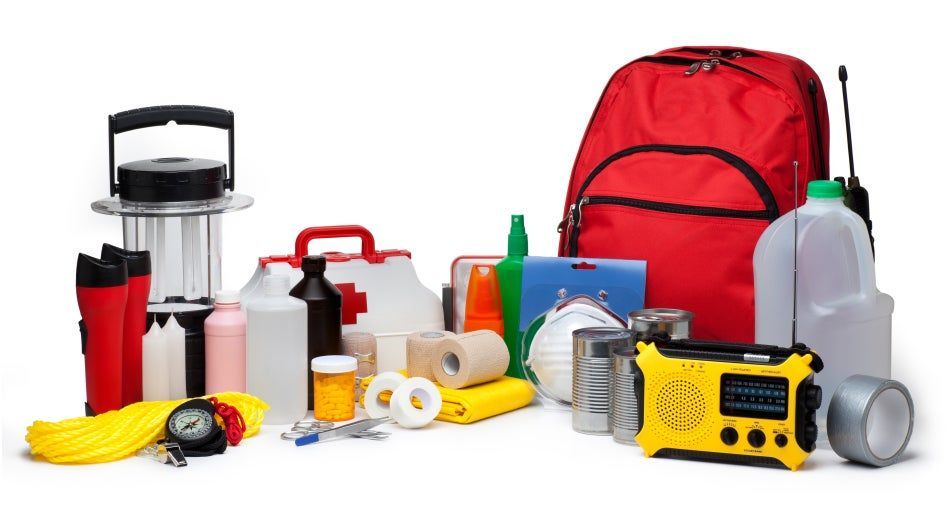
When supplies degrade, your ability to respond to emergencies suffers. Items may look intact but can become ineffective or even dangerous after their shelf life ends.
Risks of Using Expired Emergency Supplies:
- Medications lose potency or become harmful
- Bandages and antiseptics lose sterility
- Adhesives dry out or won’t stick
- Food loses nutritional value or becomes contaminated
- Water packaging can break down, leading to leakage or bacterial growth
Real-World Scenarios:
- Hurricane evacuations where expired food left families without nourishment
- Power outages where flashlights failed due to corroded batteries
- First aid emergencies where expired ointments didn’t prevent infection
Outdated supplies offer a false sense of security—something Rapid Rescue Kits aims to eliminate by helping you stay current and prepared.
Breakdown of Expiring Kit Components
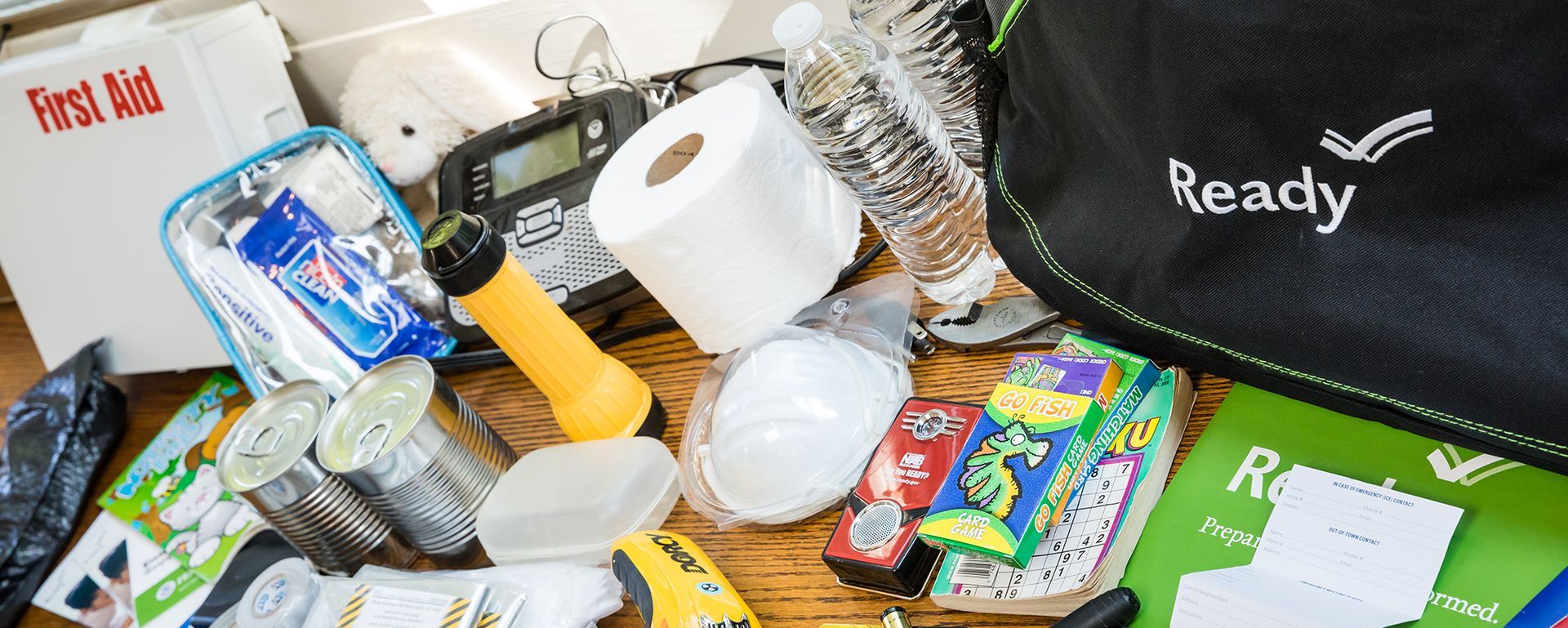
First Aid Items
Most first aid items have expiration dates due to sterility and chemical stability.
Key Items to Watch:
- Bandages and gauze: Can lose sterility or adhesive strength
- Antiseptic wipes and ointments: Active ingredients can degrade
- Medications (pain relievers, allergy meds): Lose potency or spoil
- Gloves: Latex and nitrile can dry out or crack
Typical Shelf Life:
2–5 years depending on the manufacturer and storage conditions
Food & Water Supplies
Stored rations may seem indestructible, but they too expire.
Common Emergency Food Types:
- MREs (Meals Ready-to-Eat)
- Freeze-dried meals
- Energy bars or survival food bricks
Signs of Expiration:
- Bulging packaging
- Odd smell or discoloration
- Past printed “best by” date
Emergency Water Storage:
- Sealed pouches typically last 5 years
- Bottled water 2–3 years
- Water barrels up to 5 years (with treatment)
Nutritional loss and contamination risks grow significantly after expiration.
Tools & Equipment
While tools don’t “expire” in a traditional sense, their performance can decline.
Items Affected by Age or Storage:
- Batteries: Prone to leakage or corrosion
- Flashlights: Seals can degrade, batteries may corrode inside
- Fire starters and matches: Absorb moisture, may not ignite
- Radios or solar chargers: Internal batteries or wiring can wear down
Best Practices:
- Use long-life lithium batteries
- Test gear every 6–12 months
- Store tools in dry, temperature-stable environments
Factors That Impact Shelf Life
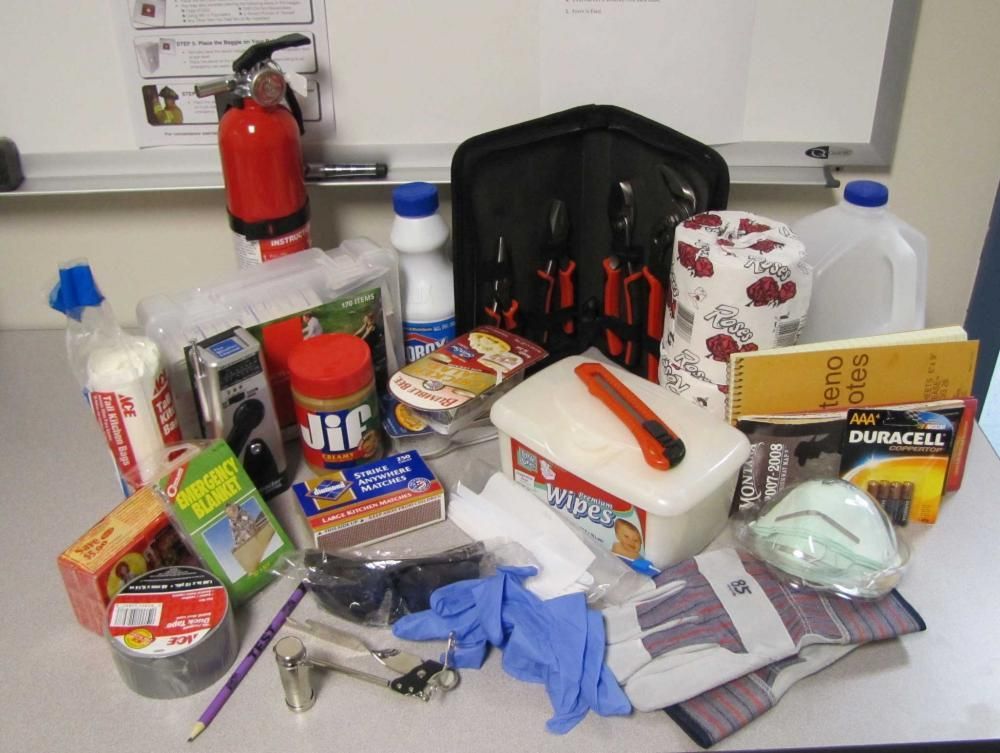
Where and how you store your emergency kit directly affects its longevity.
Environmental Risks:
- Temperature extremes: Heat accelerates chemical breakdown
- Humidity: Promotes mold, rust, and bacterial growth
- Sunlight: Degrades packaging and medications
- Pests: Rodents and insects may chew through supplies
- Oxygen exposure: Reduces freshness and effectiveness
Best Storage Practices:
- Use
Mylar bags and
vacuum-sealed packaging
- Add
oxygen absorbers to dry food containers
- Keep kits in
cool, dry, dark locations
- Avoid basements or attics unless climate controlled
How to Maintain & Replace Your Emergency Kit
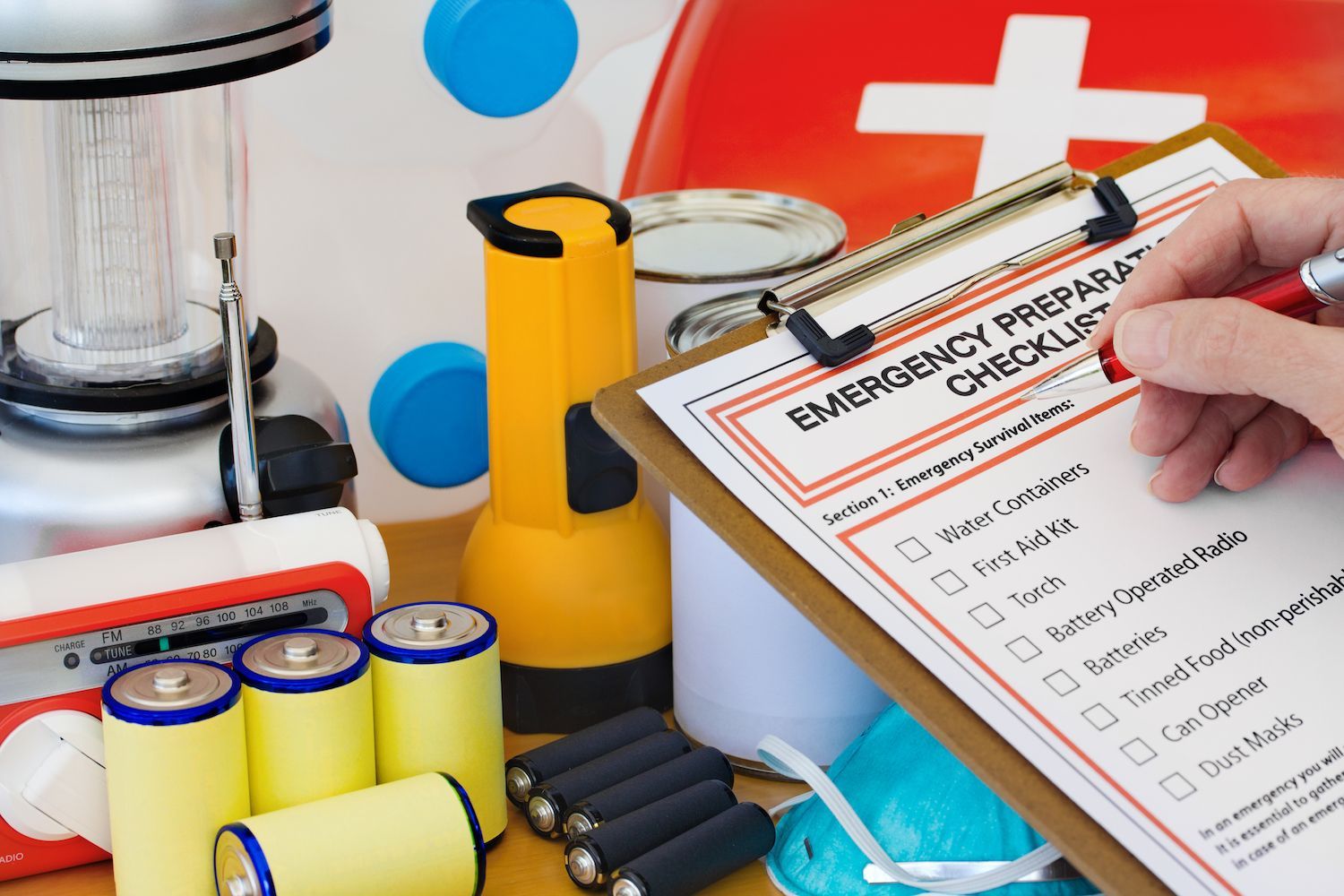
Proper upkeep ensures your emergency kit remains a reliable resource.
Annual Maintenance Checklist:
- Check all
expiration dates
- Test all
battery-powered devices
- Replace
opened or damaged packaging
- Update
medications and first aid supplies
- Rotate
food and water every 6–12 months
- Refresh items based on
seasonal needs (like blankets in winter)
Tips for Easy Management:
- Create an
inventory audit sheet
- Set reminders for kit review (calendar or phone alarms)
- Use color-coded labels for quick reference
Legal, Workplace & Safety Guidelines
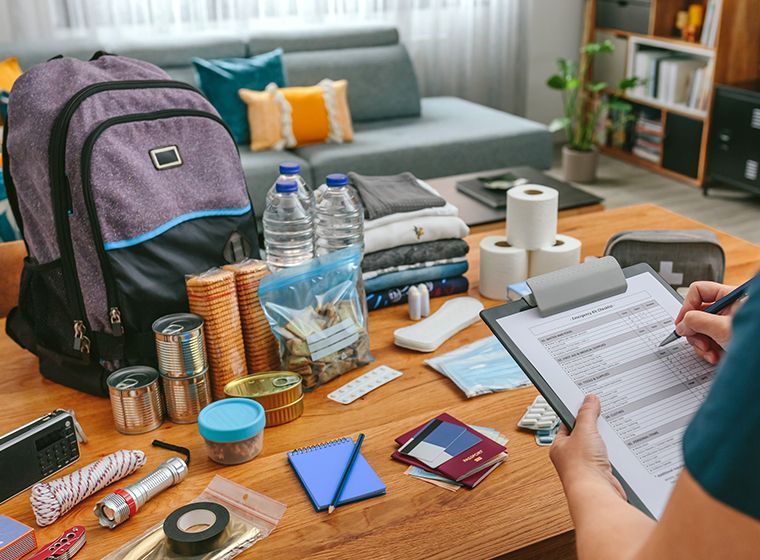
For businesses, emergency preparedness isn’t just practical—it’s often required.
Workplace Considerations:
- OSHA mandates accessible first aid supplies for many job types
- Schools and public buildings must comply with local and federal safety codes
- Expired kits may result in
non-compliance fines or
legal liability
Compliance Must-Haves:
- Keep documentation of inspections
- Ensure kits are
visible and accessible
- Align with safety protocols for your industry
Check your state or municipality’s laws for specifics, especially in healthcare, construction, or education sectors.
How to Extend Shelf Life
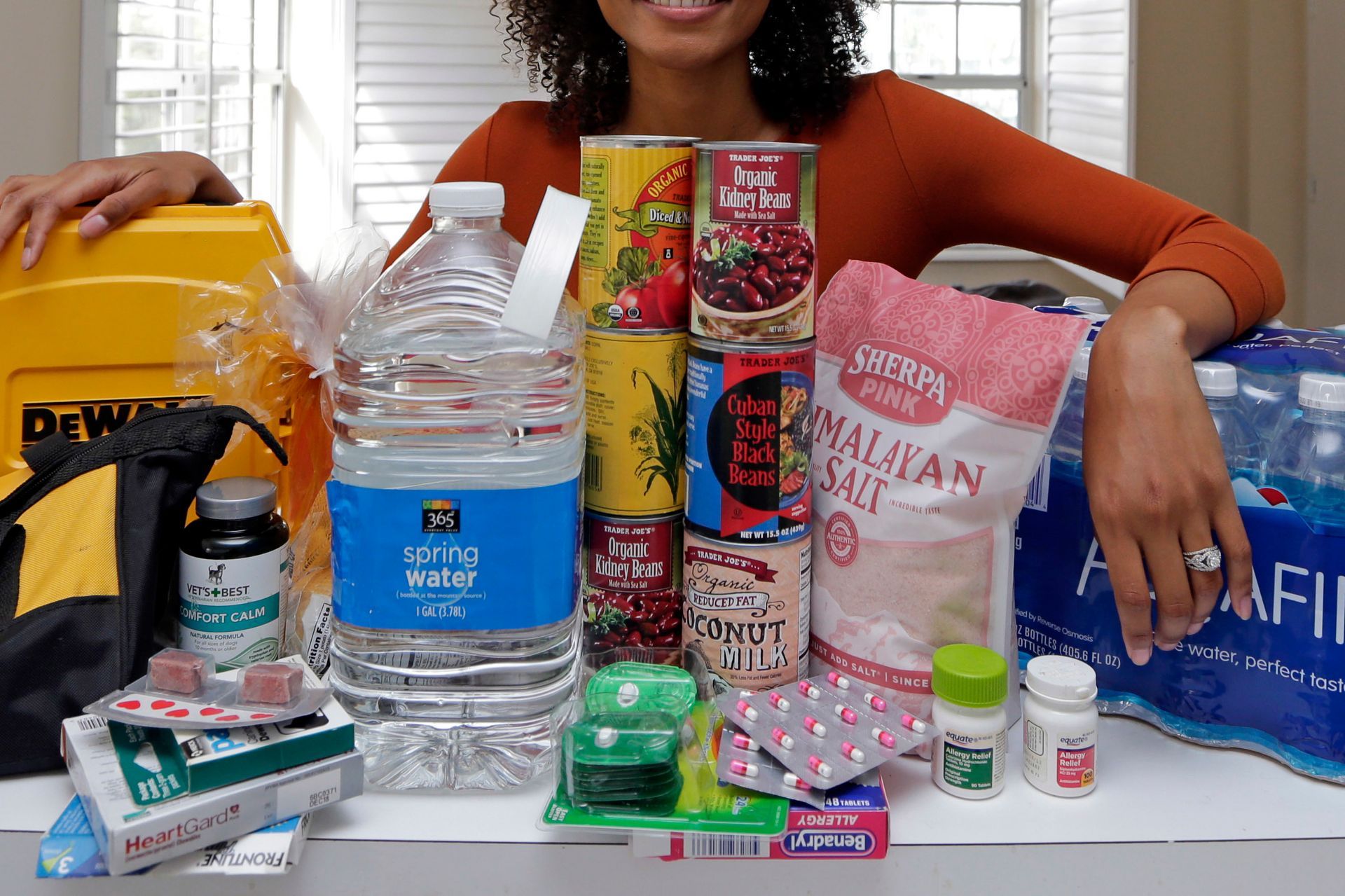
With smart storage and planning, you can maximize the lifespan of your gear.
Best Practices to Prolong Usefulness:
- Store in
BPA-free, airtight containers
- Use
dry storage boxes with silica packets
- Avoid leaving kits in
vehicles for long periods
- Keep out of direct sunlight and away from heaters
- Choose items with
UV protection or
tamper-evident seals
Rotating and replacing supplies doesn’t just preserve your investment—it strengthens your readiness.
Signs That Your Emergency Kit Needs Replacing
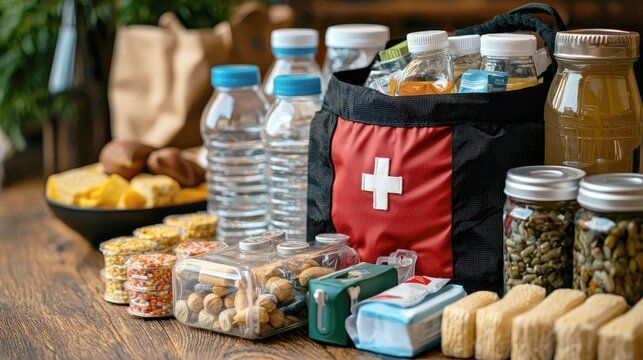
Sometimes you don’t need to read a label to know your kit needs an upgrade.
What to Watch For:
- Foul smells or chemical odors
- Water damage or
rust
- Cracked or
faded packaging
- Leaking batteries or corroded tools
- Expired medications or
moldy bandages
- Used supplies not yet replaced
Quick Visual Inspection Checklist:
- Color fading on wrappers
- Swelling or bloating of sealed items
- Sticky or torn labels
- Tools no longer functional
Even one compromised item can reduce your kit’s effectiveness. Regular visual checks make a big difference.
FAQ Section
